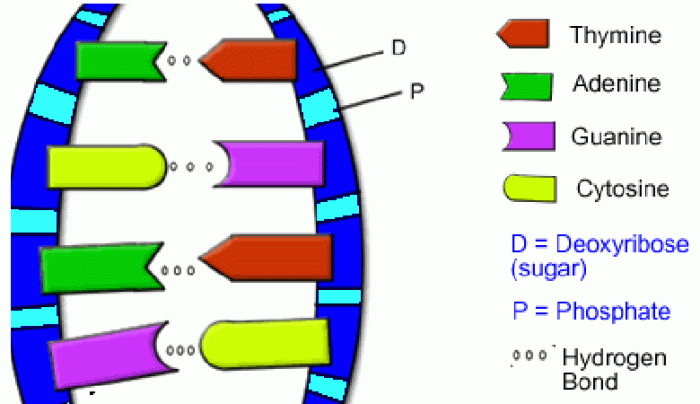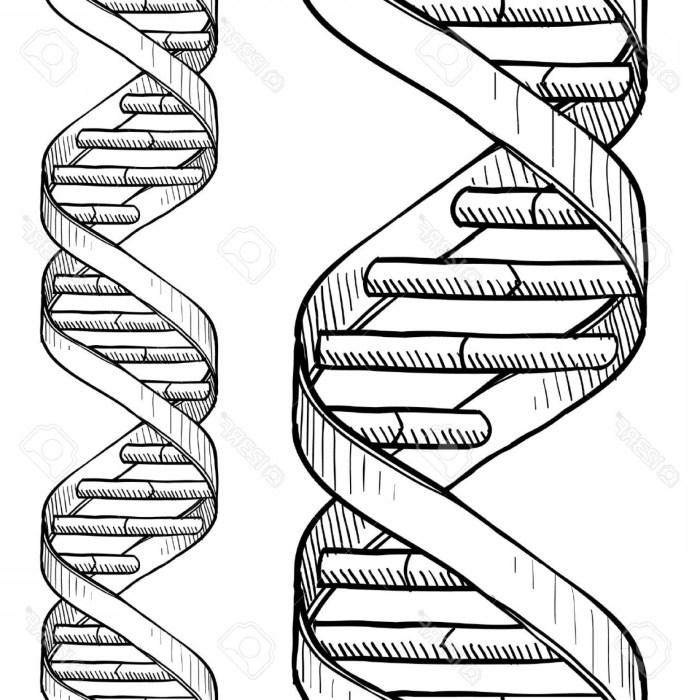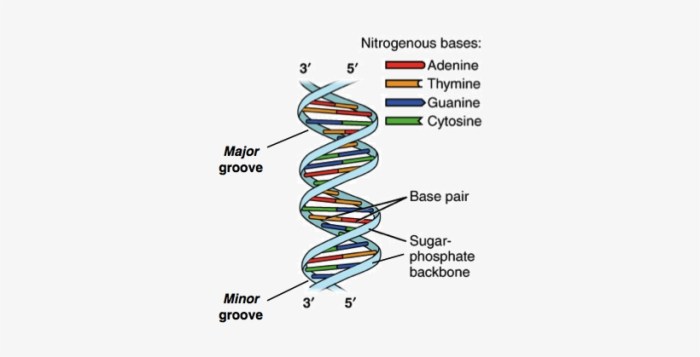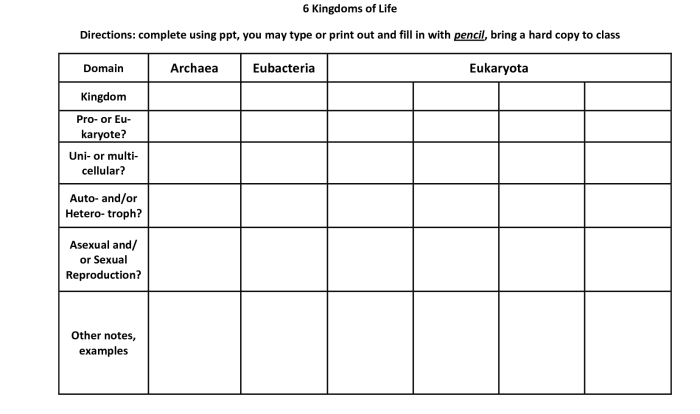Embark on an enlightening journey with the Double Helix Coloring Worksheet, an educational masterpiece that unveils the intricate structure and remarkable discovery of DNA. As you delve into the depths of this interactive resource, prepare to witness the double helix transform from a mere concept to a vibrant representation of genetic material, fostering a profound understanding of its significance.
Through the vibrant hues of this coloring worksheet, students embark on a visual exploration of DNA’s fundamental components, unraveling the mysteries of nucleotides, base pairs, and the iconic double helix structure. Each stroke of color reinforces key concepts, leaving an indelible mark on their understanding of the molecule that holds the blueprint of life.
Double Helix Coloring Worksheet

Coloring worksheets are a valuable tool for teaching students about the double helix, the structure of DNA. They provide a hands-on, engaging way for students to learn about the key concepts and components of the double helix.
The double helix was discovered by James Watson and Francis Crick in 1953. It is a twisted ladder-like structure composed of two strands of nucleotides, the building blocks of DNA. Each nucleotide consists of a sugar molecule, a phosphate group, and a nitrogenous base.
Key Concepts and Structures
The key concepts related to the double helix include:
- DNA:Deoxyribonucleic acid, a molecule that carries genetic information.
- Nucleotides:The building blocks of DNA, consisting of a sugar molecule, a phosphate group, and a nitrogenous base.
- Base pairs:Pairs of nitrogenous bases that form the rungs of the DNA ladder. The four nitrogenous bases are adenine (A), thymine (T), cytosine (C), and guanine (G).
The double helix is a twisted ladder-like structure with two strands of nucleotides. Each strand is composed of a series of nucleotides linked together by covalent bonds. The two strands are held together by hydrogen bonds between the nitrogenous bases.
Coloring the Double Helix
To accurately color the double helix, students should follow these steps:
- Color the sugar-phosphate backbone of each strand gray.
- Color the nitrogenous bases as follows:
- Adenine (A): Blue
- Thymine (T): Red
- Cytosine (C): Green
- Guanine (G): Yellow
- Draw hydrogen bonds between the nitrogenous bases.
Accuracy in coloring the worksheet is important because it reinforces understanding of the structure of the double helix.
Activities and Extensions
In addition to coloring the double helix, students can engage in other activities to supplement their learning:
- Build a model of the double helix:Using materials such as pipe cleaners, beads, and straws, students can create a physical representation of the double helix.
- Create a diagram of the double helix:Students can draw a diagram of the double helix, labeling the key components.
- Research different types of DNA:Students can explore the different types of DNA, such as mitochondrial DNA and chloroplast DNA.
- Explore the role of DNA in genetics:Students can investigate how DNA is passed from parents to offspring and how it determines traits.
Assessment and Evaluation, The double helix coloring worksheet
Student understanding of the double helix can be assessed based on their completed coloring worksheets. Teachers can evaluate student learning through:
- Observations:Observing students as they color the worksheets can provide insights into their understanding of the structure of the double helix.
- Discussions:Engaging students in discussions about the double helix can help teachers assess their understanding of the key concepts.
- Quizzes:Quizzes can be used to assess student knowledge of the structure and function of the double helix.
FAQ Summary: The Double Helix Coloring Worksheet
What is the purpose of the Double Helix Coloring Worksheet?
The Double Helix Coloring Worksheet serves as an interactive learning tool designed to enhance students’ understanding of DNA structure and its discovery.
How does coloring the worksheet reinforce understanding?
The act of coloring the worksheet requires students to actively engage with the different components of DNA, solidifying their understanding of their shapes, sizes, and relationships.
What additional activities can supplement the coloring worksheet?
To further enhance learning, teachers can incorporate activities such as building DNA models or creating diagrams that illustrate the double helix structure.



